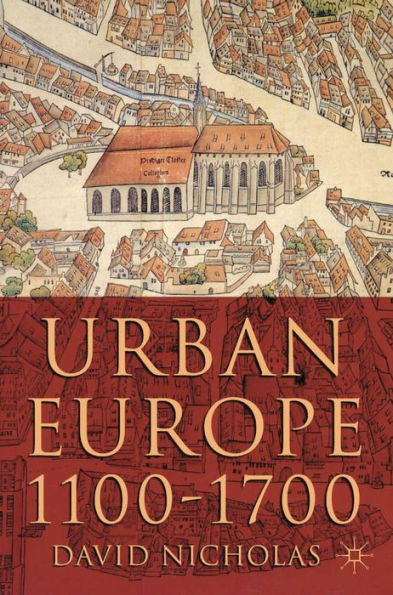5
1
9780333949832



Urban Europe 1100-1700 / Edition 1 available in Paperback

Urban Europe 1100-1700 / Edition 1
- ISBN-10:
- 0333949838
- ISBN-13:
- 9780333949832
- Pub. Date:
- 10/01/2003
- Publisher:
- Bloomsbury Academic
- ISBN-10:
- 0333949838
- ISBN-13:
- 9780333949832
- Pub. Date:
- 10/01/2003
- Publisher:
- Bloomsbury Academic

Urban Europe 1100-1700 / Edition 1
$51.95
Current price is , Original price is $51.95. You
51.95
In Stock

Product Details
| ISBN-13: | 9780333949832 |
|---|---|
| Publisher: | Bloomsbury Academic |
| Publication date: | 10/01/2003 |
| Edition description: | 2003 |
| Pages: | 239 |
| Product dimensions: | 5.50(w) x 8.50(h) x 0.53(d) |
About the Author
What People are Saying About This
From the B&N Reads Blog
